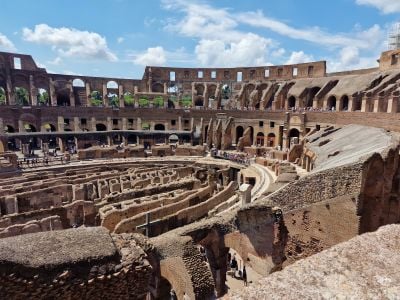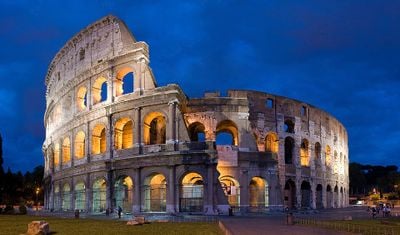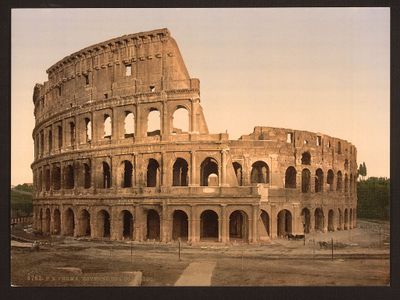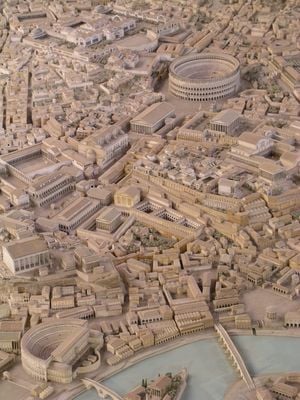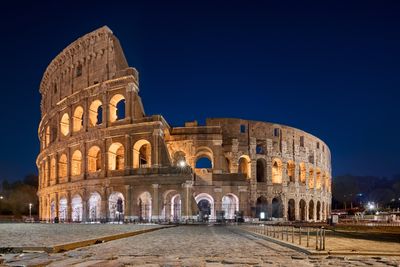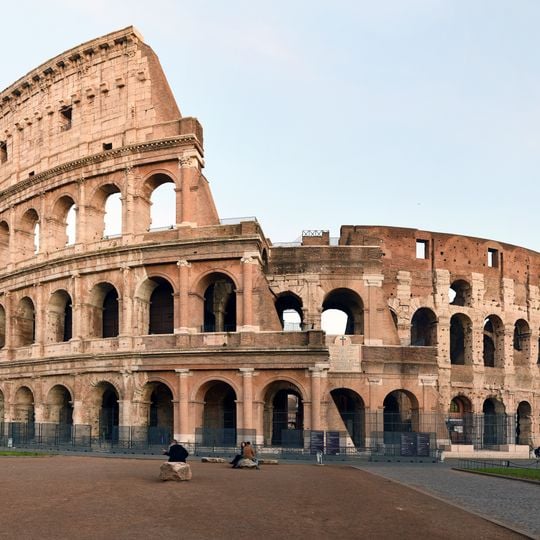
Colosseum, Roman amphitheatre in central Rome, Italy
The Colosseum is an oval amphitheater in central Rome, standing about 48 meters tall with multiple levels of travertine stone. The outer facade shows arches and columns of different orders while the inner seating rises in tiers once arranged according to social rank.
Vespasian ordered construction to begin between 70 and 72 on the site of Nero's former palace lake, and his son Titus inaugurated the amphitheater in 80 with months of games. After the fall of the Western Roman Empire the structure decayed and served over centuries as a fortress, housing, and quarry for other buildings.
People from all over the world gather around this monument to feel the power of ancient construction and take photos from every angle. Street musicians and vendors animate the surroundings while visitors often pause and let the size of the building sink in before walking through the arches.
It is best to purchase entry tickets online in advance, especially from April through October when long queues can form. The Colosseo metro station offers direct access and nearby you can also visit the Roman Forum and Palatine Hill, often available with combined tickets.
The underground area contained a complex system of about 28 elevators operated by counterweights and human muscle to make animals and scenery appear suddenly in the arena. Slaves and workers ran these mechanisms in hot and poorly lit conditions while spectators above experienced the illusion of a magical appearance.
Location: Roma Capitale
Inception: 82
Founders: Vespasian
Official opening: 81
Architectural style: ancient Roman architecture
Capacity: 65000
Height: 48 m
Length: 187 m
Width: 155 m
Accessibility: Rollstuhlgerecht
Fee: Yes
Made from material: Roman travertine, tuff, concrete
Part of: archaeological park of Colosseum
Address: Piazza del Colosseo
Opening Hours: März 30-September 30: 08:30-19:15; Oktober 01-Oktober 25: 08:30-18:30; Oktober 26-Februar 28: 08:30-16:30; Januar 01 off; Dezember 25 off
Phone: +39067740091
Email: pa-colosseo@beniculturali.it
Website: https://colosseo.it/en/area/the-colosseum
GPS coordinates: 41.89028,12.49222
Latest update: December 14, 2025 18:59
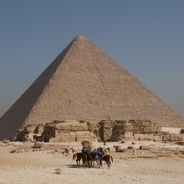
These archaeological sites document the development of human civilizations across thousands of years. They range from the earliest known temple structures like Göbekli Tepe in Turkey, dated to around 9500 BCE, to the preserved remains of Pompeii, frozen in time by a volcanic eruption in 79 CE. Each...
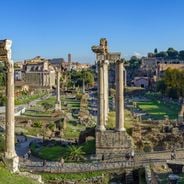
Rome preserves more than 2,000 years of architectural history within its city limits, maintaining ancient temples and amphitheaters beside Renaissance churches and Baroque piazzas. The Roman Forum displays ruins from the first century BC through the fourth century AD, including government buildings...

Rome joins history with modern photography. The city spreads across several hills and holds buildings from different centuries, from ancient ruins to baroque churches and fountains. Photographers find subjects on every street corner, from large public squares to narrow alleys in old neighborhoods....
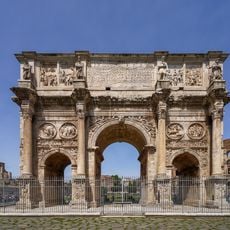
Arch of Constantine
143 m
Temple of Venus and Roma
216 m
Ludus Magnus
232 m
Temple of Claudius
269 m
Santa Maria della Pietà al Colosseo
63 m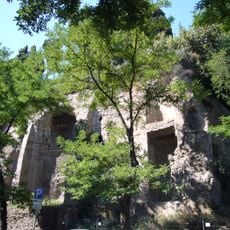
Nymphaeum of Nero
249 m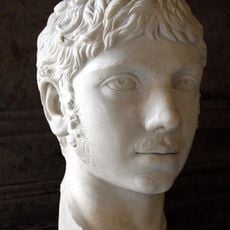
Baths of Elagabalus
221 m
Fontana del Sarcofago
153 m
Fountain
256 m
Parco del Celio
272 m
Museo della strumentazione e informazione cristallografica
170 m
Fountain
222 m
Fountain
145 m
Fountain
154 m
Fountain
166 m
Fountain
151 m
Fountain
180 m
Fountain (Fuente dentro del Coliseo Romano)
53 m
ROM_57
166 m
ROM_57
172 m
Scenic viewpoint
112 m
Scenic viewpoint
152 m
Scenic viewpoint
136 m
Colosseo
194 m
Scenic viewpoint
156 m
Scenic viewpoint
138 m
Scenic viewpoint
256 m
Dead end street, scenic viewpoint
115 mReal people, real opinions — but not verified.
Visited this place? Tap the stars to rate it and share your experience / photos with the community! Try now! You can cancel it anytime.
Excellent quality
Discover hidden gems everywhere you go!
From secret cafés to breathtaking viewpoints, skip the crowded tourist spots and find places that match your style. Our app makes it easy with voice search, smart filtering, route optimization, and insider tips from travelers worldwide. Download now for the complete mobile experience.

A unique approach to discovering new places❞
— Le Figaro
All the places worth exploring❞
— France Info
A tailor-made excursion in just a few clicks❞
— 20 Minutes
